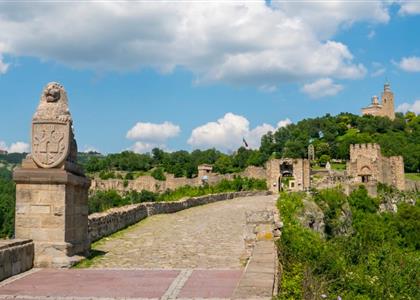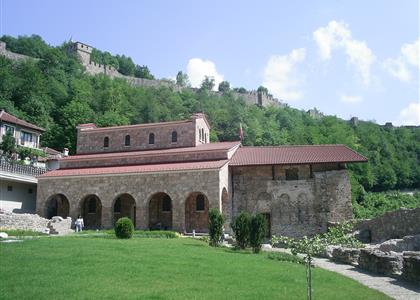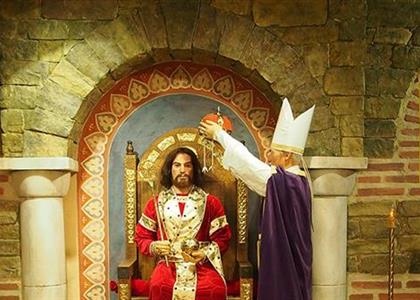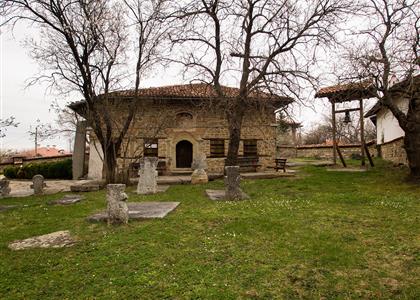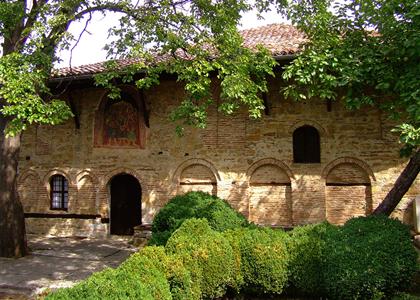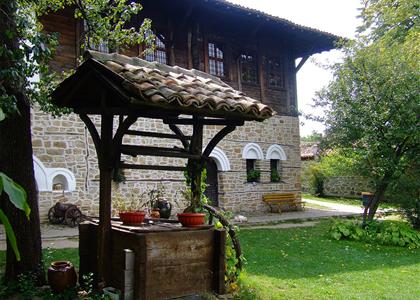- Online Tickets system
- rimvt@abv.bg
- +359 (885) 105-282
- EN - BG
- Home
- Sites
Tsarevets Architectural Reserve
April - September (08:00 - 20:00)
The last visitor enter at 19:00
The dominance of Tsarevets Hill and its natural inaccessibility have determined the choice here to be the center of supreme control of the state...
Holy Forty Martyr’s church and the Great Laurel Monastic Complex
April - October (09:00 - 18:00)
The last visitor enter at 17:30
The Holy Forty Martyr’s church was built and decorated with murals by the will of the Bulgarian tzar Ivan Asen II, to commemorate his victory over the king of the Epirus kingdom Theodor Comnenus in 1230. The church became a centre of a series of important events and its nave comprises the most significant tokens of the Bulgarian history..
Tsarevgrad Turnov – Multimedia visitor center
April - October (09:00 - 19:00)
The first visitor enter at 09:30<br>
The last visitor enter at 18:00
Tsarevgrad Tarnov Multimedia visitor centre is located near the Tsarevets hill. Notable sculptures and paintings present historical figures and events from the period of the Second Bulgarian Kingdom...
Church of the Nativity in Arbanasi
April - October (09:00 - 18:00)
The last visitor enter at 17:30
This is the earliest and the most richly decorated church in the village of Arbanasi. It was built by stages. The oldest layer of wall-paintings is from the end of XVI c. It consists of a naos, a narthex, a gallery and a chapel dedicated to St. John the Baptist.
Church of Ss. Archangels Michael and Gabriel
April - October (09:00 - 18:00)
The last visitor enter at 17:30
The church is one of the most beautiful churches, built in the village of Arbanasi in XVII-XVIII c. According to its plan it is with an altar, naos, narthex and gallery. There is a small chapel dedicated to St. Paraskevi.
The Konstantsalieva’s house
April-October (09:00 - 18:00)
The last visitor enter at 17:30 <br>
For individual visits and groups without guide tour make your arrangement at least 30 minutes earlier on +359 885 105 254
The house was built in the end of XVII c. and was reconstructed several times. It is an ethnographic museum in nowadays. The exposition represents the way of life of the wealthy merchants in the period of the zenith of the village XVI- XVII-th c.
